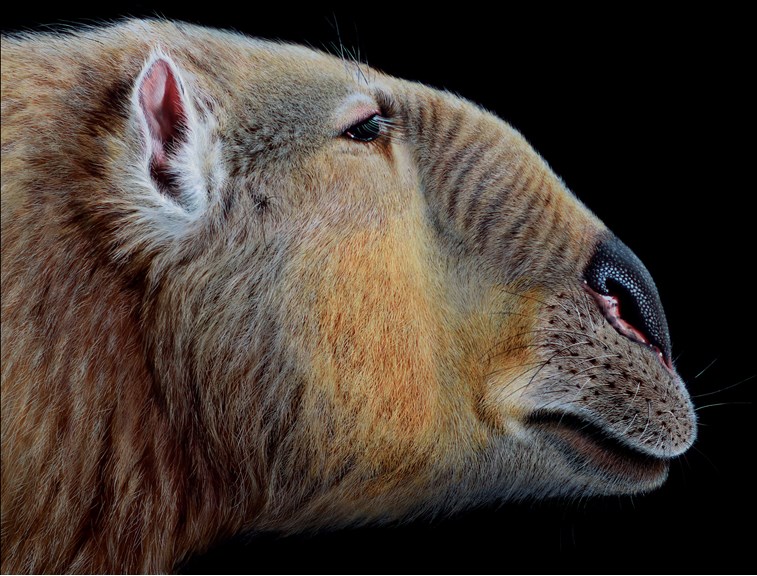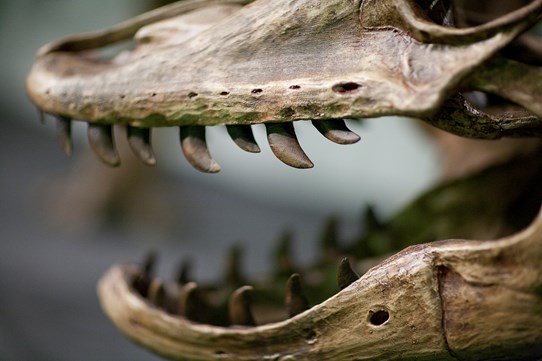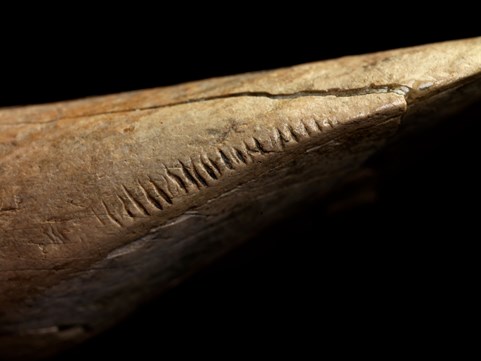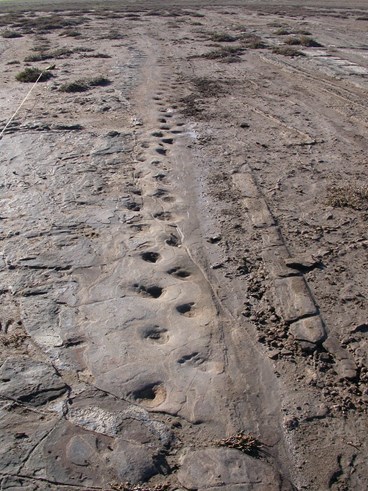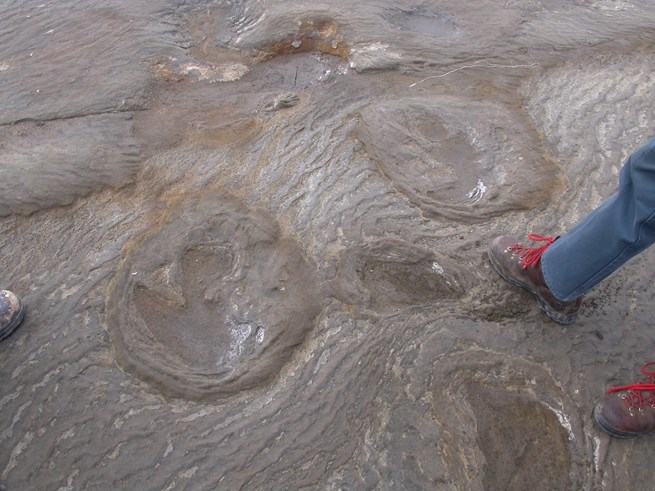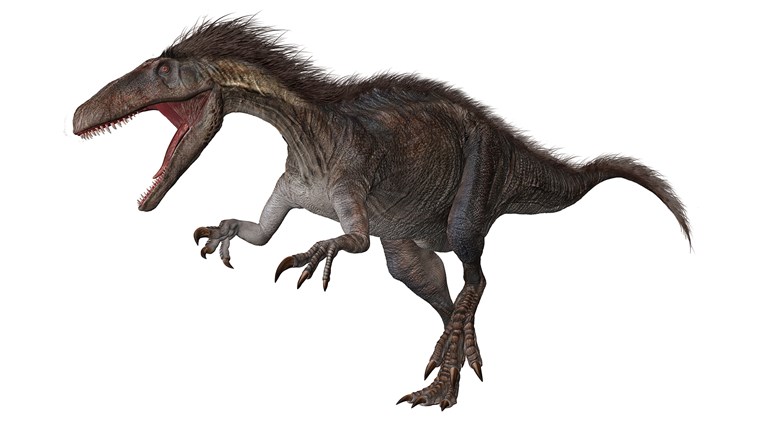Australia's megafauna
The name megafauna means 'big animals', generally animals with a body mass of over 40 kilograms.
Much of the time, megafauna is a general term used to describe a particular group of large land animals that evolved millions of years after the dinosaurs became extinct.
The extinction of dinosaurs 65 million years ago left a void of large land animals worldwide. Over millions of years, the surviving mammals, birds and reptiles evolved to include some very large animals. This group of megafauna was at their largest and most widespread during the Quaternary Period, in the last 2.5 million years.
Australia’s Quaternary megafauna were unique, and included giant marsupials such as Diprotodon, huge flightless birds such as Genyornis (a distant relative to today’s ducks and geese) and giant reptiles such as Varanus ‘Megalania’ (related closely to living goannas and the Komodo Dragon), all three of which are displayed in Melbourne Museum’s Dinosaur Walk exhibition - despite the fact these animals are not dinosaurs at all.
Some more examples of Australian megafauna are also on display in the adjoining exhibition at Melbourne Museum called 600 Million Years: Victoria evolves, such as the curious-looking Zygomaturus and Palorchestes (both relatives of Diprotodon), the carnivorous Thylacoleo (sometimes called a marsupial ‘lion’), and some megafaunal relatives of kangaroos and wallabies such as Protemnodon.
It is worth noting that not all megafauna are extinct – Australia has living megafauna in the form of Red and Eastern Grey Kangaroos and Saltwater Crocodiles.
Take a look at our book Prehistoric Giants: The Megafauna of Australia
Got a question about megafauna? We can help you with general research enquiries. Ask us!
